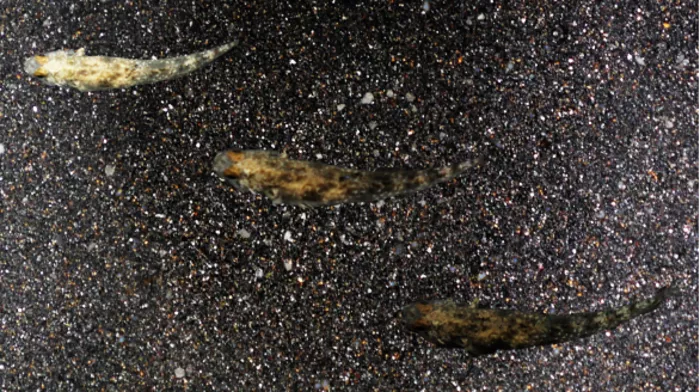Gobies camouflage better when alone
Researchers have discovered how being with another goby or being on their own affects the degree and speed at which gobies camouflage themselves.
Gobies camouflage faster and better when they are alone, compared when they are with another goby.
Why is this so?
According to the findings published in the Royal Society Open Science journal, lone fish tend to be more vulnerable.
“Grouping behaviour can reduce stress in fish, partly because they are in less danger of attack by predators. This 'safety in numbers' effect may allow them to change colour more slowly without added risk,” said lead researcher Stella Encel, a PhD candidate in the School of Life & Environmental Sciences at The University of Sydney.
While it may be safer to be camouflaged all the time, this doesn’t happen because being camouflaged does have a metabolic cost.
Encel also suggested that “since stress hormones like cortisol and adrenaline are central to the neurological mechanisms of colour change in fish, it’s possible that stress levels also directly affect their ability to camouflage.”
More about the study
The research involved gobies being placed in different scenarios—against white and black backgrounds, either on their own or with another goby.
Adobe Photoshop was used to measure the RGB values of the fish and the backgrounds against which they were tested.
It was observed that changes in the gobies' body colour plateaued within about three minutes. When the fish were on their own, they matched their background more closely and faster than when they were in pairs.




























